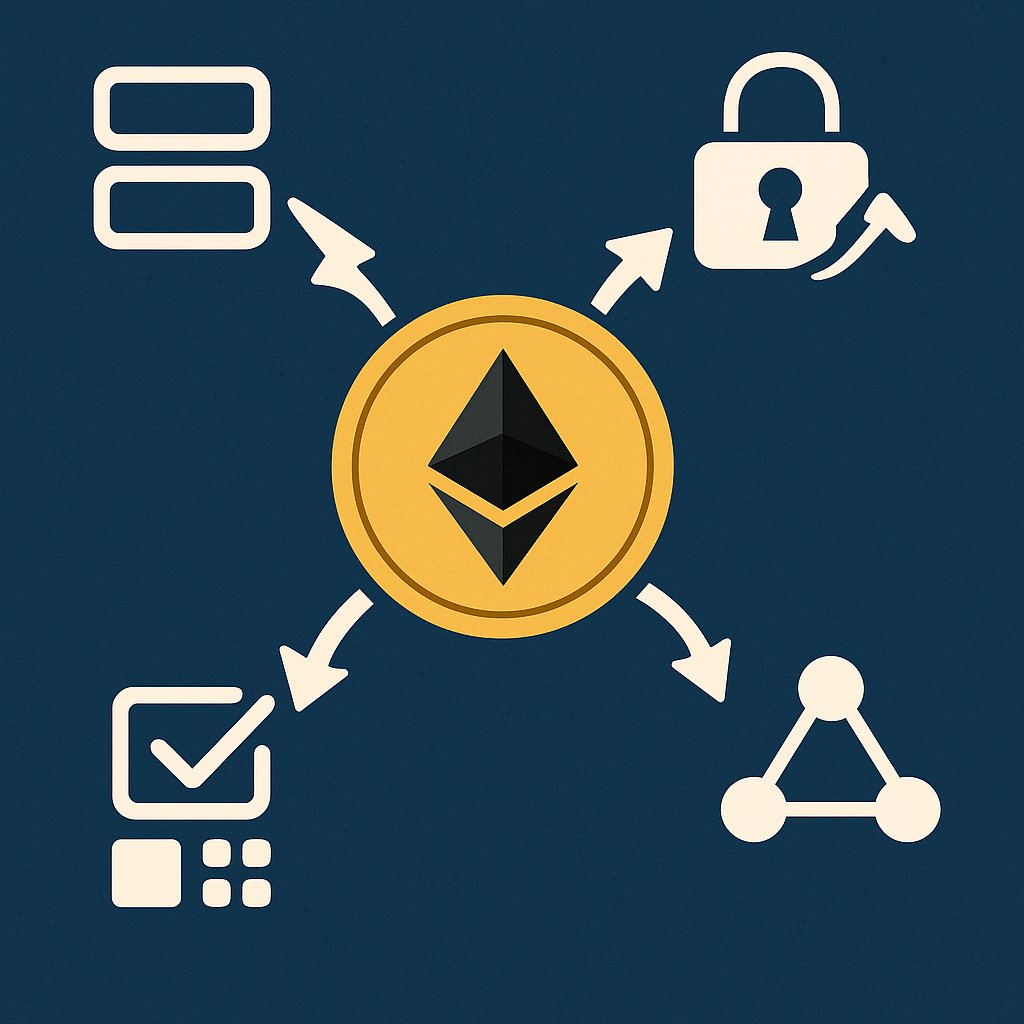What the typical crypto investor doesn’t understand is that ETH is the gravitational center of the Ethereum system.
No matter what scaling solution you look at — rollups, validiums, or EigenLayer-enabled systems like MegaETH — everything ultimately anchors back to onchain Ether.
- Rollups settle their state roots on Ethereum Mainnet, secured by validators who stake ETH and are paid in ETH-denominated fees.
- Validiums keep data offchain but rely on Ethereum to verify proofs, secured again by ETH-staked validators.
- EigenLayer extends Ethereum’s security to new systems by restaking ETH itself — making Ether the direct collateral behind decentralized infrastructure.
No matter how modular the architecture becomes, ETH remains the asset where value consolidates — the asset that ties it all together.
Yet despite Ether’s central role in scalability, the proliferation of Ethereum scaling solutions hasn’t triggered a surge in ETH demand.
Why?
Because Ethereum’s modular stack is still early. The stats show it:
- Ethereum Mainnet holds over $121 billion in TVL.
- The largest Layer 2, Base, holds about $2 billion — under 2% of Mainnet.
The market still overwhelmingly trusts Mainnet. Rollups, restaking, and other extensions are earning their place — but they’re still in their infancy when it comes to security, uptime, and adoption.
As these layers mature and users gain confidence, more value will migrate outward. But it won’t drift away — it’ll remain gravitationally bound to ETH.
If Ethereum’s modular scaling roadmap succeeds, then economic activity on these extensions will eclipse Mainnet by orders of magnitude. And the demand for ETH — as the collateral, the fee token, the final settlement asset — will grow accordingly.

7.84K
0
The content on this page is provided by third parties. Unless otherwise stated, OKX is not the author of the cited article(s) and does not claim any copyright in the materials. The content is provided for informational purposes only and does not represent the views of OKX. It is not intended to be an endorsement of any kind and should not be considered investment advice or a solicitation to buy or sell digital assets. To the extent generative AI is utilized to provide summaries or other information, such AI generated content may be inaccurate or inconsistent. Please read the linked article for more details and information. OKX is not responsible for content hosted on third party sites. Digital asset holdings, including stablecoins and NFTs, involve a high degree of risk and can fluctuate greatly. You should carefully consider whether trading or holding digital assets is suitable for you in light of your financial condition.

